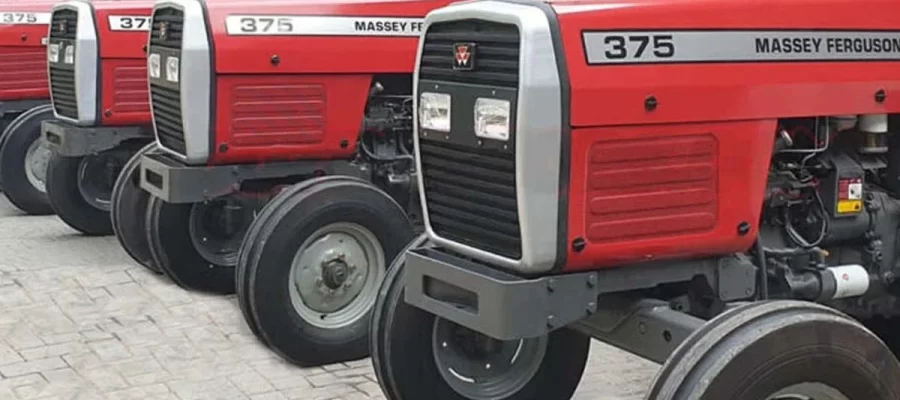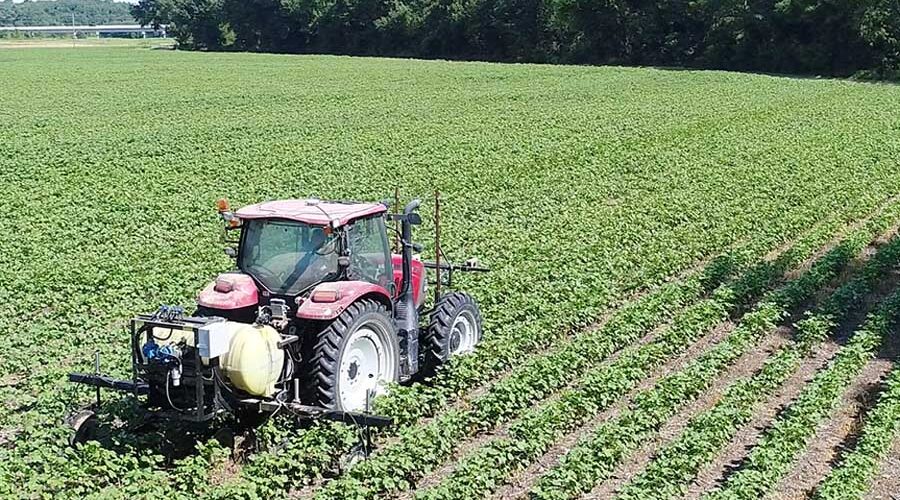
- November 19, 2024
- By: Massey Ferguson Tanzania
- in: Agricultural Machinery, Massey Ferguson Tractors

It is widely accepted that technological development and innovation in agriculture are significant factors in economic growth and productivity. The many economic actors in Tanzania are aware of this connection, and it has had a wide-ranging impact on agriculture policy. To stimulate development, it is vital to acknowledge the importance of technology, but this is not enough on its own. The national innovations system bears a heavy burden of responsibility for making the right choice from among a pool of available technologies and agricultural machinery, then spreading those choices widely throughout the farms of Tanzania.
Despite these shifts in the assumptions underlying agricultural machinery and mechanization, the technology transfer mechanism has not evolved to keep pace. Since Tanzania has relied on the technologies of more developed countries for many decades, it is likely that the framework for technology transfer and dissemination has adapted to reflect the specifics of these technologies. Those who participated in the technology transfer process in the past may be applying the same codes of ethics, strategies, set of tacit knowledge, and standards that were designed to account for the peculiarities of mechanization technologies in economically advanced countries to the emerging market of today.
The term International Technology Transfer (ITT) refers to the processes through which knowledge is transferred from one country to another and how that knowledge is disseminated within the recipient economy. As a result, it encompasses a wide range of intricate activities, such as technological development, dissemination, and imitation. The success of the procedure is dependent on Tanzania’s ability for absorption, regardless of the kind of transfer used. Tanzania’s absorptive capacity is its propensity to spot emerging technology possibilities, as well as its ability to collect and implement new information into national or corporate processes with the goal of enhancing competitive advantage. A strong national innovation system is necessary for these procedures to be successful. The foundation of national innovation systems is the belief that stronger ties between various stakeholders in the innovation process are necessary for higher levels of technological and innovative output.
Over forty enterprises in Tanzania import and distribute agricultural machinery. The majority of these corporations have their headquarters in Dar es Salaam. Older companies tend to focus on agricultural machinery for more developed nations aimed at large-scale farmers, while younger companies concentrate on agricultural machinery for developing countries aimed at small-scale farmers with limited access to money.
Maintenance and repairs are completed by local technicians and spare parts merchants after the guarantee provided by importers and distributors have expired. Many of these service technicians have greater experience with agricultural machinery from developed nations and are just now learning how to fix those from developing nations.
Agricultural machinery in developing nations tends to break down often, leading owners to incorrectly assume that repair shops in the area are ineffective. In order to guarantee that farmers and repairmen in the developing world share an awareness of the advantages and disadvantages of the agricultural machinery they use, it is necessary to have frequent fora in agricultural communities. Through the employment of such a platform, repairer-user disagreements may be mitigated, if not eliminated entirely. So that more mechanics can be taught to handle the volume of failures associated with rising nations, the notion that capital goods break down less often as the old order of advanced country agricultural machinery had must be abolished fully or adjusted.
Because of these disparities, users will need to approach the two groups of technologies differently if they want to reap the full advantages. First, they should not believe the myth that capital items of agricultural machineries, such as modern farm tractors and power tillers, have a lengthy lifespan. In the rising economies, fixed assets are being transformed into fluid resources. For example, while a tractor and power tiller purchased from a developed country may be used for 9.5 and 9 years, respectively, those purchasing agricultural machinery from a developing country should prepare themselves from the get-go for the fact that their tractors will last an average of 5 years and their power tillers will last an average of 3 years.
Agricultural machinery from developed nations is so sturdy that it can withstand the hands of even the least skilled or cautious workers without suffering any damage. However, because of the fragility of agricultural machinery in developing nations, a farmer may not see a return on his investment until the equipment is discarded if the operator is irresponsible. Agricultural machinery owners in developing nations should make it a condition of giving out their assets that operators have received the necessary training. The expense of such instruction pales in comparison to the cost of replacing a brand-new tractor or power tiller that was damaged by an inexperienced user.
Massey Ferguson Tanzania can help Tanzanian farmers save a ton of money on much-needed agricultural machinery, which might help increase farmer literacy thanks to technological agricultural machinery and automation. Massey Ferguson Tanzania has given the country’s poor farmers a sense of safety. Farmers are optimistic about the future of the project because of the wide selection of high-quality agricultural machinery available for purchase, such as Massey Ferguson tractors in Tanzania.
Their potential advantages may be lost on Tanzania if the country lacks a proper technology transfer framework and innovation infrastructure. An effective solution to this request would be to focus on the national innovation systems that host this sharing of technological know-how. Clearly, there are problems with absorptive capacity and gaps in social aptitude that need to be addressed by all links in the chain.

Post a Comment